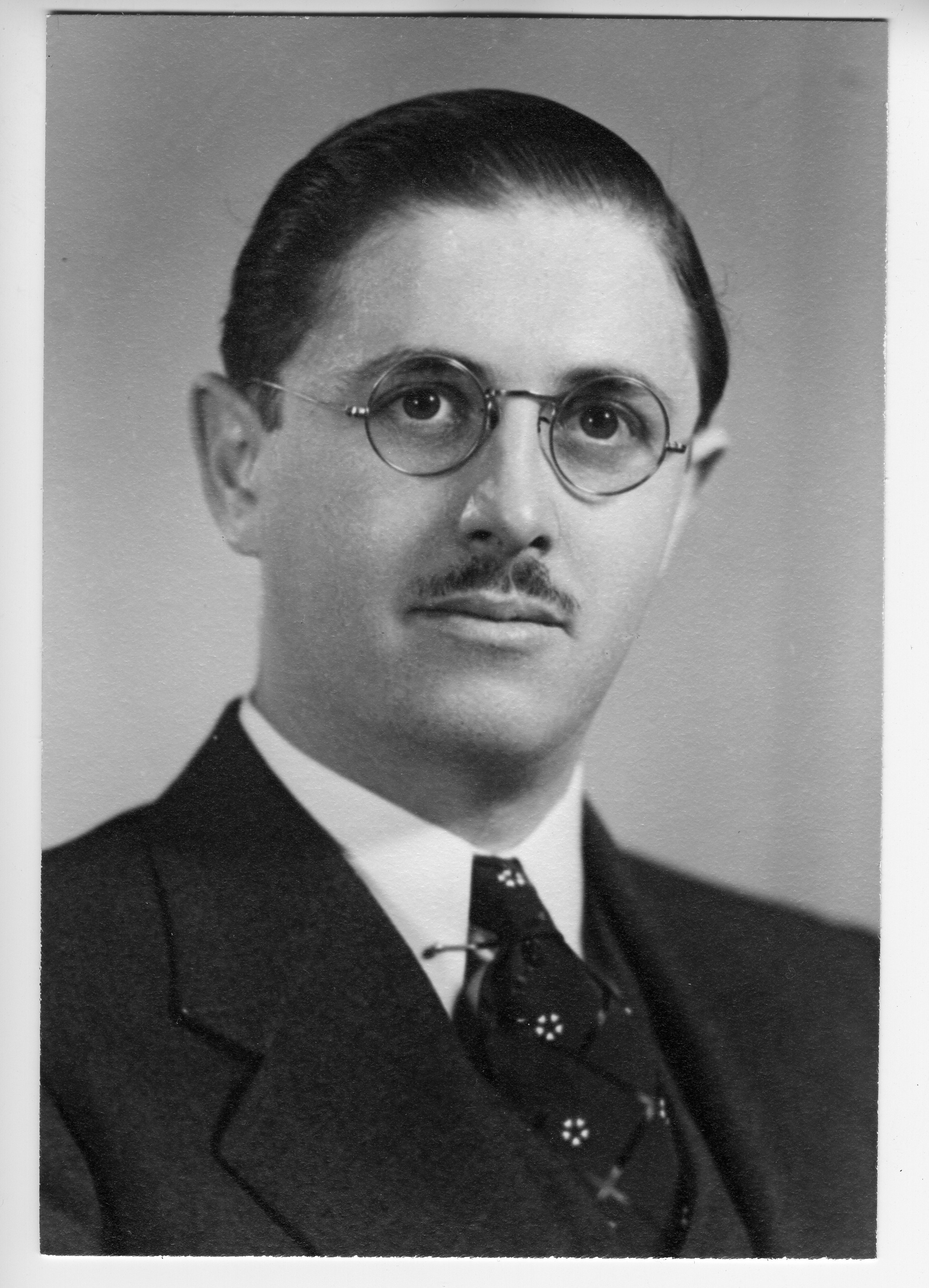
March 20, 1961
To Members of the Faculty:
I regret to announce the death of Joseph Kaye, Professor of Mechanical Engineering, on Monday, March 20. Professor Kaye had been associated with the Institute since 1939 and had made outstanding contributions in the generation of electrical power from heat, in the thermodynamic properties of gases, and in heat transmission. He was the co-inventor of the thermoelectron engine, a device to generate electricity directly from heat.
Professor Kaye received his B.S. degree from the Institute in 1934 and his doctorate in 1937 in physical chemistry. For the next two years he was an A. D. Little Post-Doctorate Fellow in chemistry. He was appointed a research assistant in the Division of Industrial Cooperation in 1939 and became an instructor in mechanical engineering in 1940. He was named director of the Research Laboratory of Heat Transfer in Electronics in 1952, and was promoted to professor in 1955.
His work at M.I.T. was in the areas of fluid dynamics, thermodynamics, heat transfer, the effect of sound on heat transfer, and the combined effects of heat transfer, mass transfer, and chemical reactions. He collaborated on two books, "The Thermodynamic Properties of Air," published in 1945, and "Gas Tables," published in 1948. The latter has been widely used in the design of turbine and jet-propulsion units. He was co-author also of the book "Direct Conversion of Heat into Electricity," published in 1960. Professor Kaye was highly regarded as a consultant by government and industry, was responsible for a large number of sponsored research contracts, and published more than 50 papers and books. Be was a Fellow of the American Academy of Arts and Sciences and a member of several other professional and honorary societies.
He is survived by his wife, Ida; his mother and father, Mr. and Mrs. Nathan Kaminsky of Boston; two brothers, Dr. Abraham Kaye and David Kaye; a sister, Mrs. Rose Levitts; and four sons, Leonard, Harvey, Sidney, and Charles, all of Boston. Funeral services will be held in the Levine Chapel at Temple Emeth Cemetery in West Roxbury on Tuesday, March 21, at 3 p.m. The family has requested that flowers be omitted. Contributions may be sent to the Heart Fund.
J. A. STRATTON (President of MIT)
The faculty records with deep regret the death, on March 20, 1961, of Joseph Kaye. He was born on November 16, 1912 in Malden, Massachusetts. His college and professional education was centered around M.I.T., culminating in the degree of doctor of philosophy in Physical Chemistry in 1937. He continued work in the Department of Chemistry for two years as an A. D. Little Post-doctoral Fellow. He entered the Mechanical Engineering Department in 1939 and remained there throughout his career, advancing to the rank of professor in 1955.
He created and directed the Research Laboratory of Heat Transfer in Electronics at M.I.T. for the purpose of introducing into the new field of electronic control and instrumentation the skills of heat engineering. By this means he furthered the development of small and reliable electronic equipment for use in missiles and space vehicles.
During World War II he was engaged in extensive studies of aircraft propulsion. A by-product of this activity was a volume of engineering data, called "Gas Tables," which has been widely used in the design of jet engines, gas turbines in general, and other devices. His research in heat transfer to fluids moving at supersonic velocities was extensive and provided basic data for engineering of high-speed flight. He was a co-inventor of the first successful thermionic converter of heat to electricity. He served as a consultant to industry and government and created a consulting-engineering firm of which he was president. His professional literature contains about 50 papers of high quality on a wide variety of subjects.
Professor Kaye was a Fellow of the American Academy of Arts and Sciences, and a member of the American Chemical Society, the American Physical Society, the American Society of Mechanical Engineers, the Institute of the Aeronautical Sciences, and the American Society for Engineering Education. He was also a member of the honorary research society Sigma Xi and the honorary mechanical engineering fraternity, Pi Tau Sigma.
Text and photograph source: MIT Archives
|
|